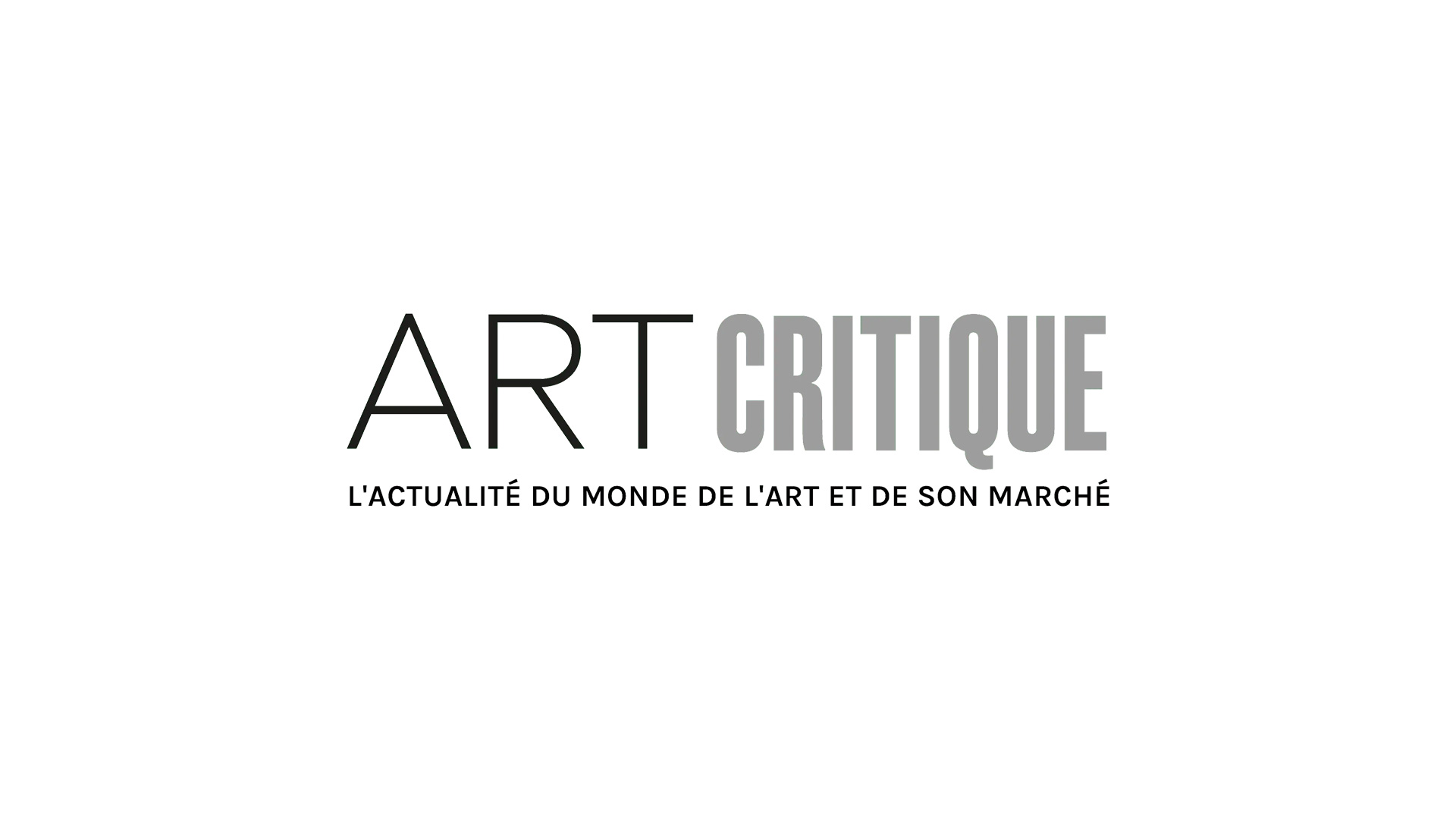The neoclassical era, of which Goethe is one of the most influential figures, represents an exceptional period for the illustrative arts. At the same time, despite its brief existence, this movement is complex and multidimensional. A graphic collection now being shown in Weimar provides brilliant and appealing proof of both these statements. Currently the Petit Palais has brought together an extensive selection of illustrations in a very elegant setting; it is worthwhile to closely examine and reflect on these delicate images, which provide an insightful overview on German art between 1780 and 1850.
Right from the outset, fans of Füssli will not be disappointed. Those whom these great originators leave more perplexed will at least have an understanding of what good portraitists these artists were. Soon Goethe himself entered on the scene – not only as the inspiration for princely purchases whose achievements are admired, but as a draftsman, during the time of his seminal trip to Italy. His guide to the graphic arts made earned him great praise from Tischbein: his watercolour studies for “The Shepherd’s Lament”, more than merely intriguing, deserve examination. Still, everything pales in comparison to Friedrich, to whom an entire space is dedicated, complete with very beautiful pieces. A mysterious owl rests on a grave. The tall shadows of trees are outlined on the sky. A strange procession advances, as if out of nowhere; vaguely disturbing… It’s an eminently personal world, haunted, which surrenders its thoroughness to the scrutinizing gaze. Meticulousness, beyond even Friedrich’s, is the motto of the graphic artists shown at the Petit Palais. Whether they engage in architectural drawing or naturalistic rendering of plant features, they shine by their rigour, exactitude, and attention to detail – all the characteristics of the European passion for describing nature, a subject which Romain Bertrand recently covered in an important paper.

After exploring the North’s landscapes, Italy once again became a primary source of inspiration for German artists. Reinhold’s “Lateran Cloister”, with its obligatory boy monk, is indicative of the dual fascination for “the land where orange trees blossom” and for a Catholicism established in opposition to the nation founded on a break from Lutheranism.
Thorny, by painting a landscape of Volscian Mountains, recaptures the range of Dürer’s Italian drawings. All paved the way for these pious and eccentric Germans from Rome who adopted the name of Nazarenes. Their movement, which is no longer viewed with the condescension reserved for ‘anti-Modernists’, is well represented in this exhibition. Actually, many illustrations seem to reveal more application than inspiration–like that of an eager but somewhat limited student. But there are also some wonderful discoveries; a portrait of a woman by Schnorr von Carolsfeld, a young man by Rethel, and especially a portrait of a little boy in pastel, attributed to Marie Ellenrieder, one of the best of pieces of the series.
Conversely, von Schwind’s studies for the historical paintings of the Wartburg castle can only be given “points for style”. They are more of a document about the reinvestment of Germanic memory in the mid-nineteenth century rather than an unforgettable phase. Schinkel’s projects for the Weimar Residenz, more sober and thus more elegant, bear the very recognizable mark of a major architect and decorator. And the exhibition, which is well-planned and organized, concludes in the blink of an eye with a small sketch by Schroedter where cheerful, modern painting turns its back on the noble and austere genre represented by the Nazarenes. Suffice to say that by crawling towards the bourgeois age, German art distanced itself from this passionate interest in the memory of ancient masters who had influenced prominent artists in the period between neoclassicism and romanticism.

The Romantic Germany; drawings from Weimar museums – Petite Palais – until September 1
Illustration : 1) Johann Christoph Erhard, The Painter Johann Adam Klein before his easel, 1818, Feather and brown and black ink, brown ink-wash and watercolour in graphic pencil on paper, © Klassik Stiftung Weimar ; 2) Caspar David Friedrich, Mountain Landscape with cross in the middle of firs, around 1804-1805, Feather and ink, brown ink-wash in graphic pencil on vellum paper, © Klassik Stiftung Weimar ; 3) Maria Ellenrieder, Head-and-shoulders portrait of a young boy, undated, black and white chalk covered in pastel on paper © Klassik Stiftung Weimar.






